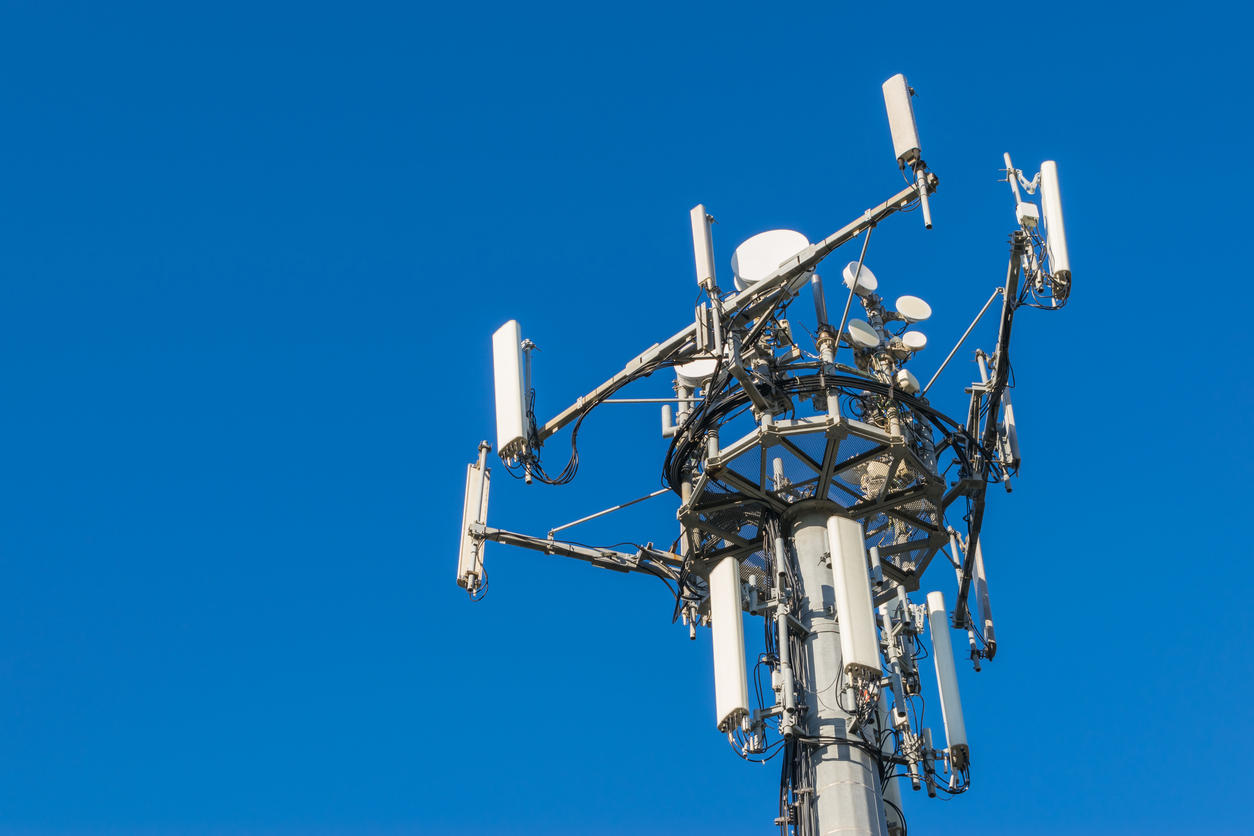With the recent hype on the launch of 5G wireless technology, the upgrade to the ubiquitous 4G, it got me wondering about what the potential health impacts of such an upgrade are. I am all for technical advancement, but I am also wary of new technologies before we know the full impact of such uniform deployments. We have for many years been beset with fears for our health after scientific research which follows long after adoption taken place and demonstrates how older technologies are impacting our health and environment.
For example nuclear was a clear winner for amazing benefits but the true risks taking time to be identified by which time many people had succumbed to its nasty side effects. It doesn’t make it a bad technology, or one we should shy away from, just we understand it properly and so deal with it correctly. Another example might be asbestos which was seen as a miracle material due to the natural substance being highly resistant to heat, electricity and corrosion. Perfect for homes, until research decades later realised the fibres where highly toxic and resulted in several types of cancer. Now I know it isn’t highly technical, but it was revolutionary at the time, but now the clear up operation is massive and made worse by some countries, even with the overriding health concerns, have decided to continue to use it such as the USA. Meaning our desire for technical advancement has resulted in a huge cost in lives and money. Likewise advancement in diesel technology, and its apparent ‘low carbon’ output in comparison with petrol resulted in some of the dirtiest air for generations as governments raced forward with incentives to make it the fuel of choice. Blind to the health impacts such a deduction had, and in the case of diesel, policy that allowed car makers to fudge results.
I appreciate talk of nuclear, asbestos and diesel is a far cry from 5G but I do believe, as we roll out this new technology we need to appreciate, more than ever, the long term potential health and environmental impact. Ever since the advancement in wireless technology we have been hellbent in deploying it as far as wide as possible. From our initial slow start with radio, TV and telephone signals at the beginning of the 1900s to the WiFi in our homes today we have been on a relentless frogmarch to achieve better reception and crucially more capacity. 5G in optimum conditions can theoretically support 10Gb/s (10,000 Mb/s), quite a bit faster to 4G’s 100 Mb/s so you can understand the desire to go 5G. However the way this speed increase is achieved is a potential concern. To achieve these speeds 5G needs a high number of base stations. This is because it uses super high frequencies which work only in line of sight, making it difficult to get navigate our urban jungles. The frequencies for 5G are between 30 GHz and 100 GHz which is much higher than 4G which operates below 6 GHz. This means even around 28 GHz it is ten times stronger than present mobile networks.
There are lots of conspiracy theories on the dangers of 5G from birds falling from the sky in the Netherlands to trees loosing their leaves on the side facing a 5G base station for example. These concerns have been going on for years but certainly have accelerated with the advent of 5G. Even this month it is reported that Totnes in Devon along with Glastonbury and Frome in Somerset councils have succumbed to lobbying and have succeeded in blocking 5G deployments until further tests are done.
While tests to date are inconclusive it is difficult to ignore the growing concern especially when organisations like the World Health Organisation classifies all radio frequency radiation as a Group 2B agent which means it is ‘possibly carcinogenic to humans’. Granted caffeine is defined in the same group and like everything the reality of how something is used in day to day life has a big impact on the actual risk it poses. Advocates of the technology point to the fact that 5G is non-ionising which means it is too weak to break chemical bonds. The same as ultraviolet, visible light, infrared and others such as Wi-Fi. But what they fail to point out is that even non-ionising radiation can be dangerous as is the case with Microwaves which are intentionally tuned to resonate with water molecules.
Likewise I am reminded of the growing research around the potential for high voltage power lines having an impact on children’s risk of leukaemia. The British Medical Journal showed that children who lived within 200 meters of power lines had a 69% greater risk of leukaemia than those that lived 600 meters away. But still after 30 years of research scientists have no explanation as to why the weak magnetic fields would have any link to leukaemia.
On a more positive note it should be pointed out that the power and frequency of 5G is still less than light so just by going outside means you are bathed in electromagnetic radiation that is greater than all the 5G towers combined. This doesn’t mean it is safe or doesn’t have any side effects but as researcher continues to conduct more studies I believe it is necessary to discuss the fears and crucially for the industry to support an open and thorough debate of the facts around the potential health impact. Surely advising people of some of the potential concerns and some steps you might take to minimise your exposure would help to help allay some concerns.
While I don’t want us to stop innovating, I also know that once something has been adopted it is very difficult to make changes or wean ourselves off it. And, like air pollution, not having the option of being able to avoid the impacts of a technology, even if you choose not to use it, is something we should put higher up our social agenda.





A well thought out article!
I am also dubious but mostly for technical reasons. https://majzel.blogspot.com/2019/10/wherefore-art-thou-5g.html ( I also note that at home in Vaud Canton, CH, 5G rollout is currently blocked for Health Investigations since April 2019)